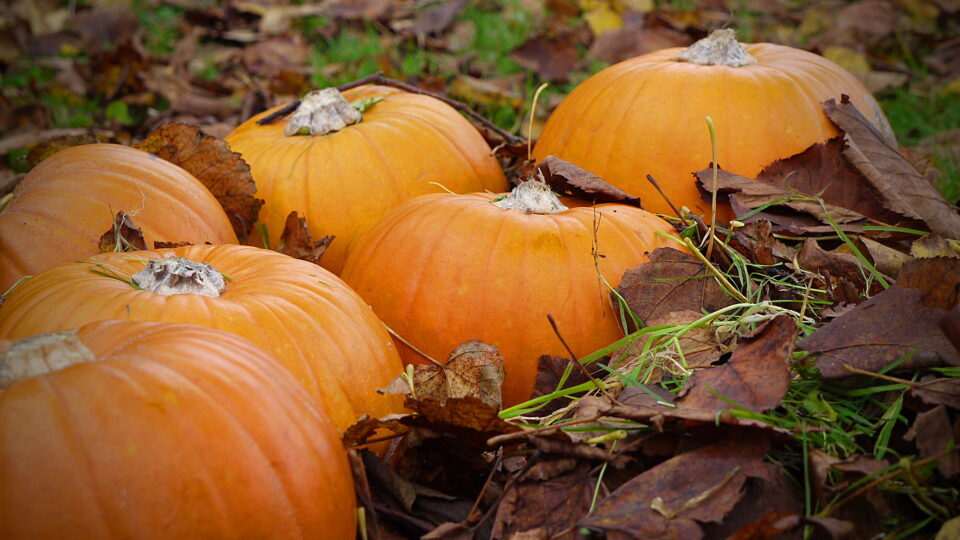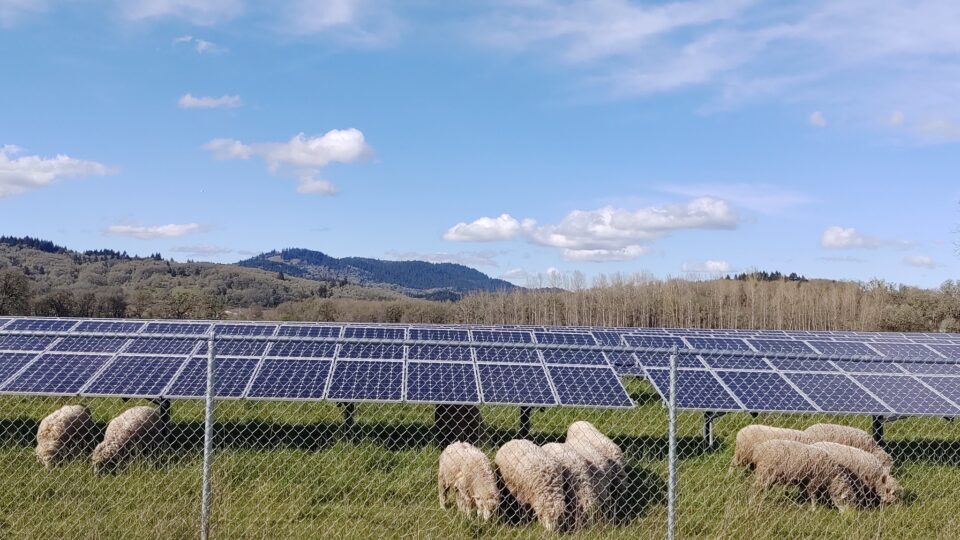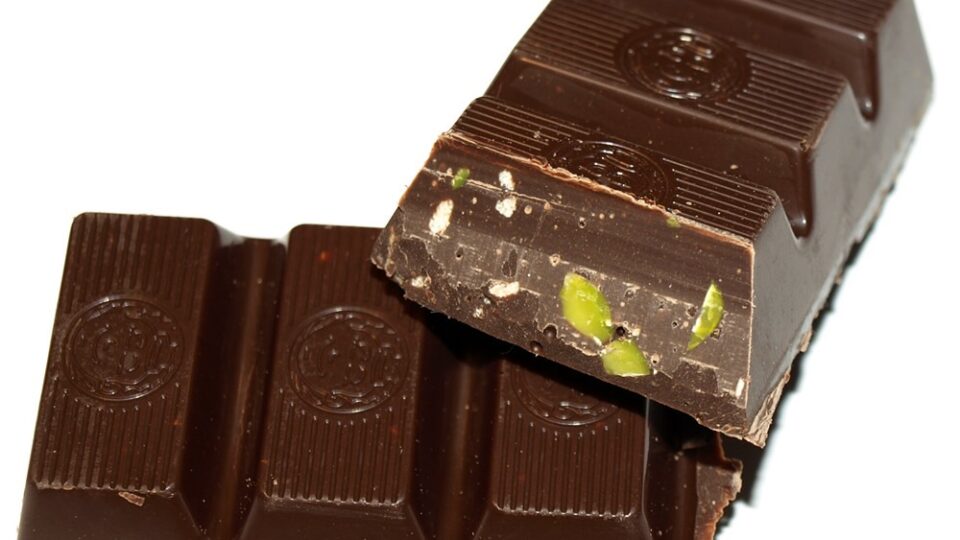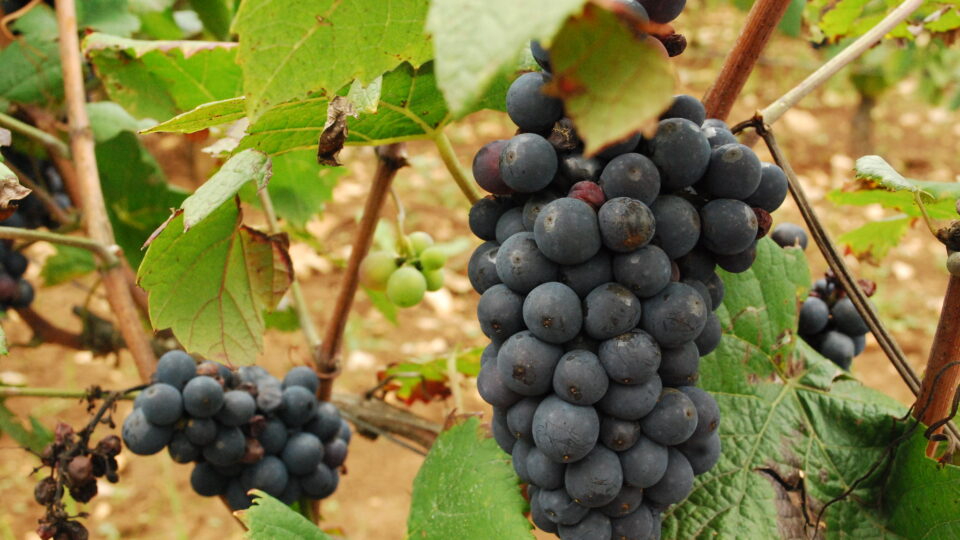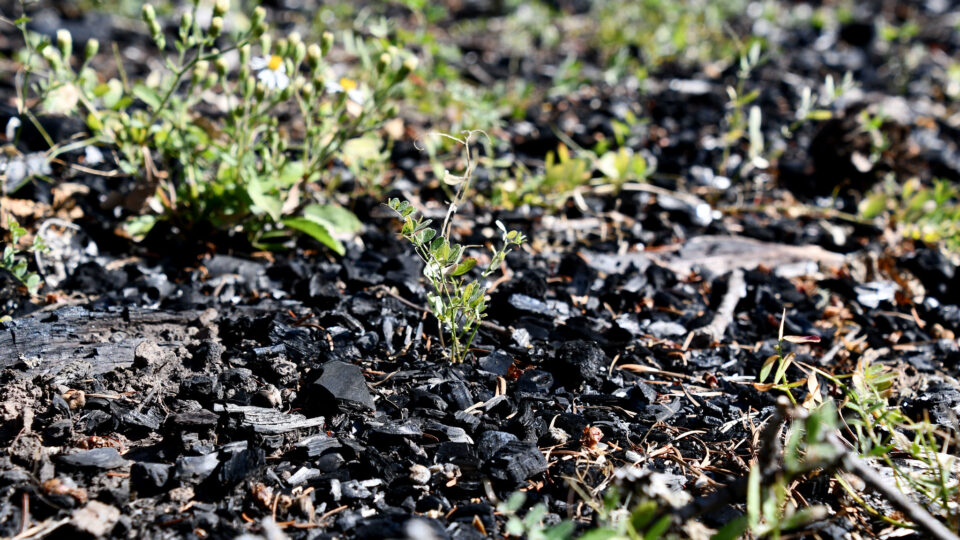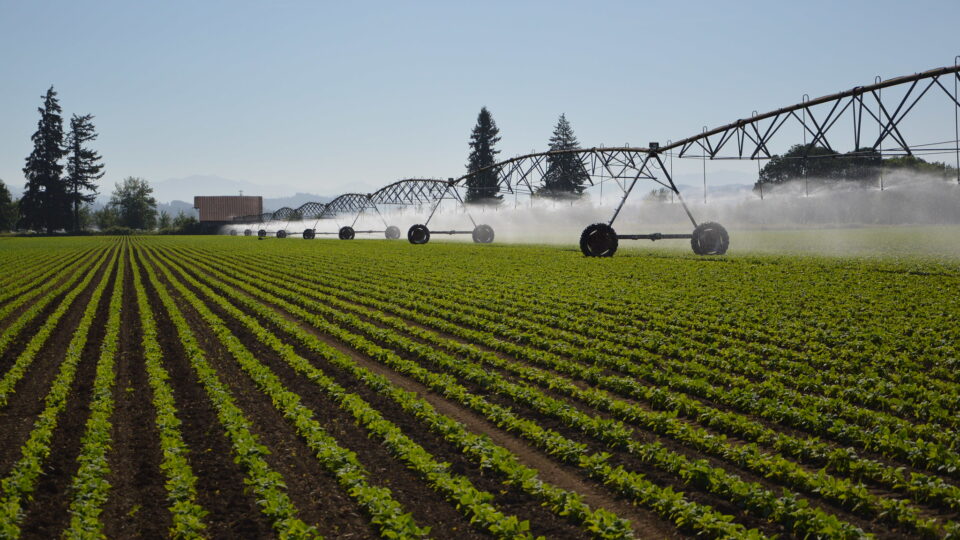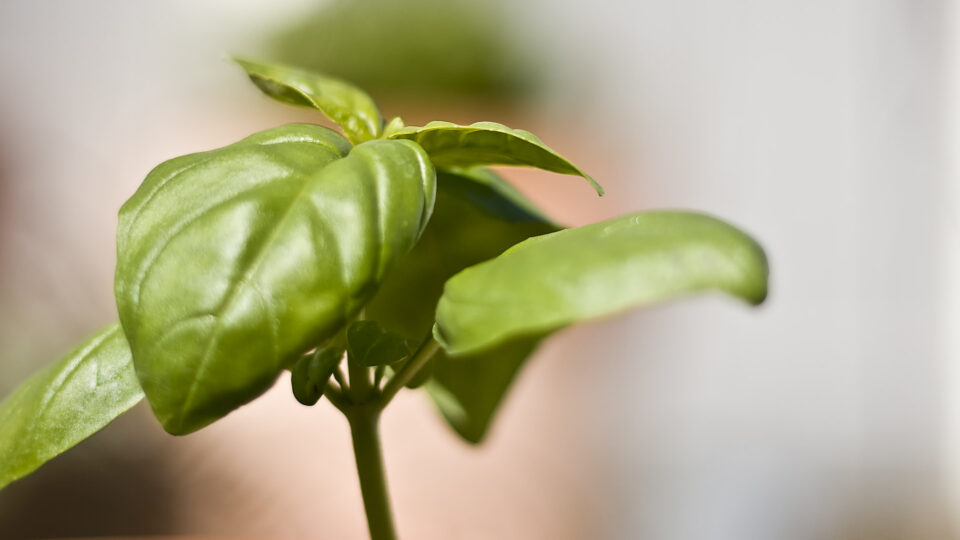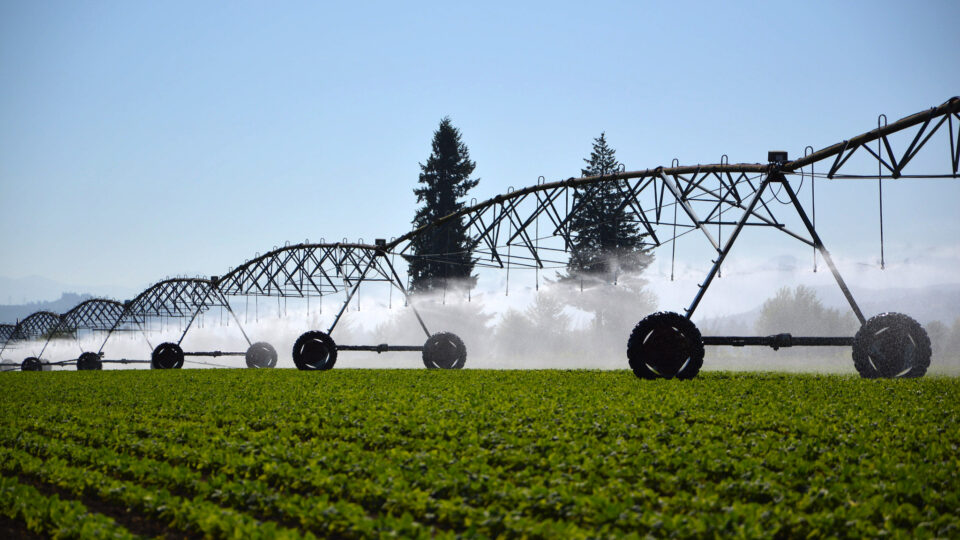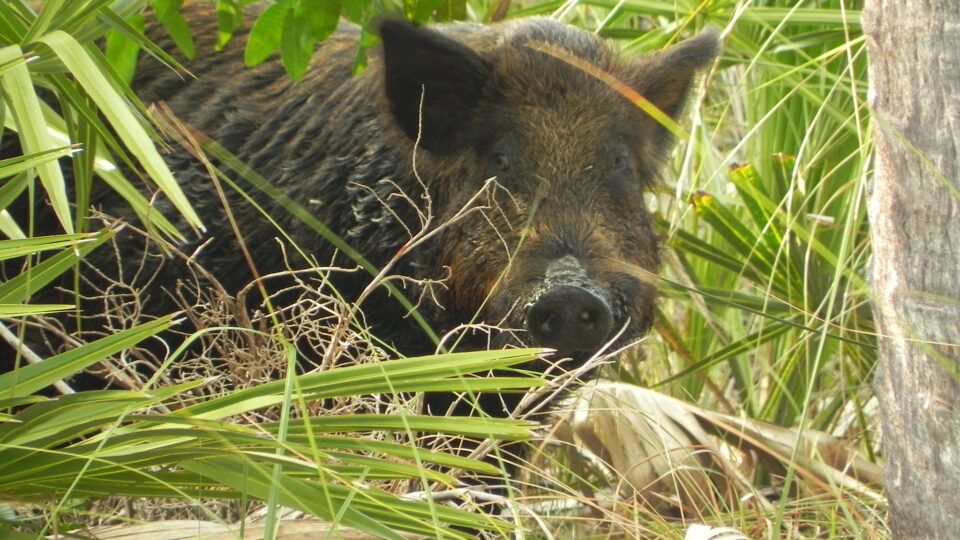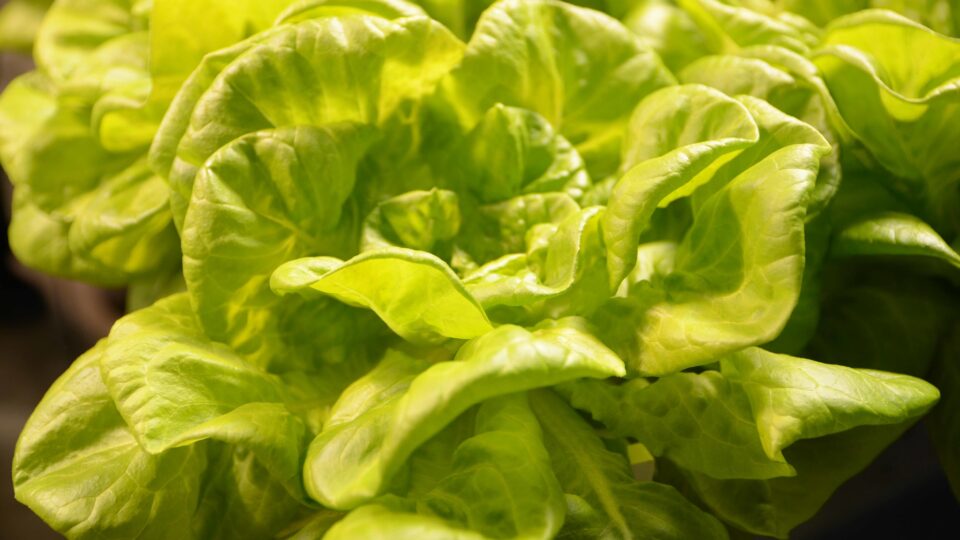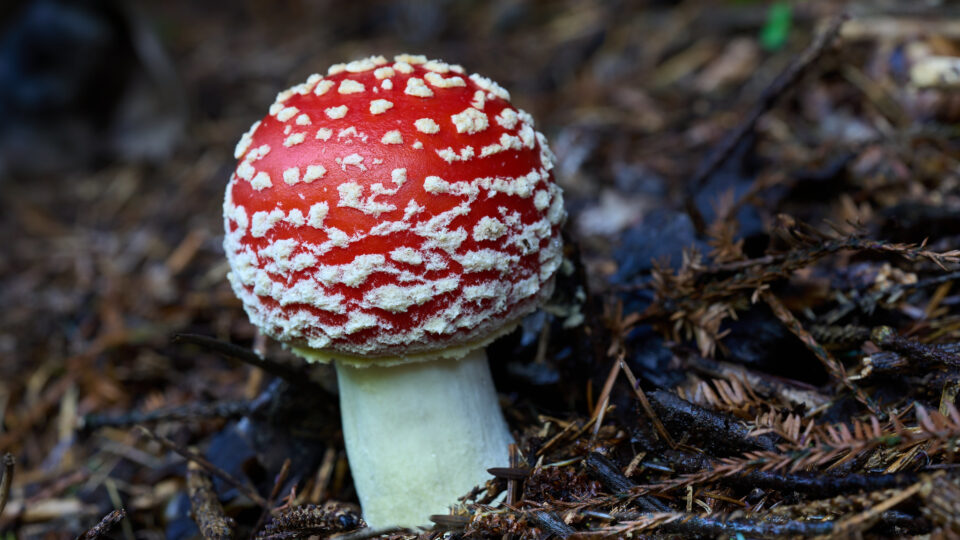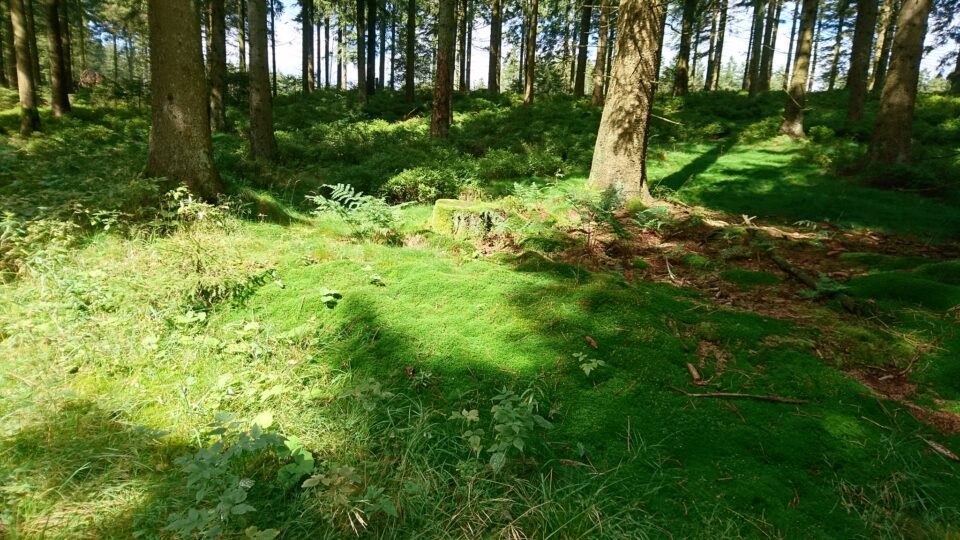According to the National Retail Federation, spending on Halloween festivities this year by the 72% of Americans who plan to celebrate is expected to total $11.6 billion – or about $104 per person. The annual consumer survey also found that 67% of Americans plan to pass out candy this year, and nearly 50% of Americans plan to carve a pumpkin.
To produce enough pumpkins for Halloween, farmers grow lots of them every year. In fact, more than two billion were grown in 2020 alone. But the vast majority of pumpkins are never eaten; instead, most are carved and placed on porches across the country. This means Americans spend hundreds of millions of dollars on pumpkins annually just to toss them in the trash when Halloween ends.
When pumpkins are placed in landfills, they produce methane gas. Methane is a potent greenhouse gas that affects climate change by contributing to increased warming.
Instead of throwing pumpkins into the landfill, there are several responsible ways to dispose of them.
If the pumpkin is still in good shape, use the outer, meaty part of the pumpkin to make pumpkin puree. The pumpkin seeds can also be scooped out, rinsed, seasoned, and then baked in the oven, resulting in a delicious snack.
Pumpkins also have the potential to turn into great soil through composting. Pumpkins can help naturally add moisture to compost piles that need to be damp in order to effectively decompose food waste.
If eating or composting the pumpkins isn’t an option, consider donating them to a local farm. Farmers will often collect pumpkins as treats for their pigs, goats, and other animals.
**********
Web Links
Halloween Retail Holiday and Seasonal Trends
Ready to toss out your pumpkins? Here’s how to keep them out of the landfill
US grows over 2 billion pumpkins yearly
Photo, posted November 8, 2014, courtesy of Martin Brigden via Flickr.
Earth Wise is a production of WAMC Northeast Public Radio
